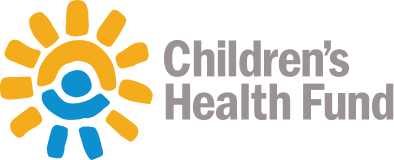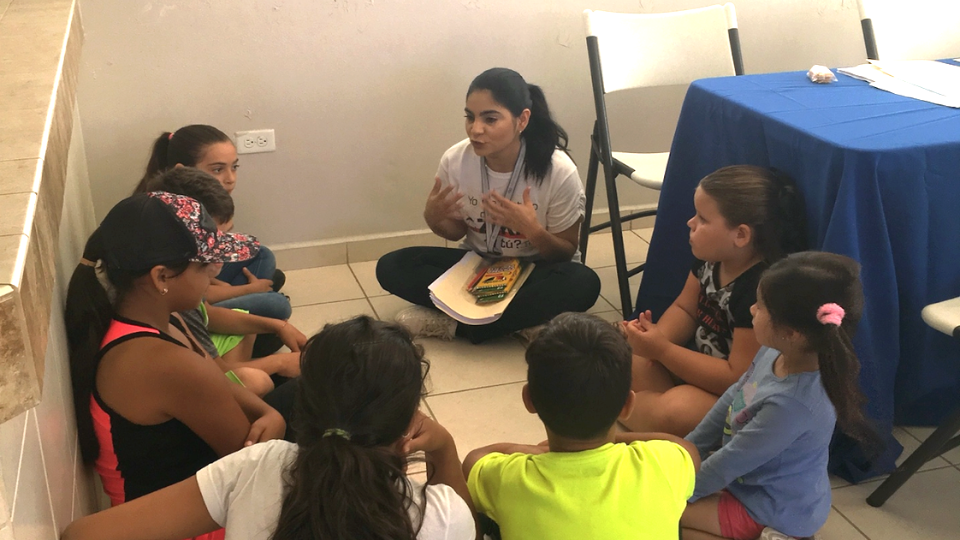“We were supposed to be untouchable,” said Dr. Nelson Almodóvar Rodríguez, medical sub-director of Salud Integral en la Montaña (SIM), a network of community-based clinics in Puerto Rico. “Historically, hurricanes went underneath us or above us.” But on September 20, 2017, Hurricane María struck the island with direct, deadly force as a category five hurricane. It devastated much of Puerto Rico and other Caribbean islands. The hurricane was so powerful that it not only knocked out the electrical grid, it crippled water delivery systems, tore down a majority of telephone towers, and created such destruction, that “The country looked like an atomic bomb went off and there wasn’t a single green leaf anywhere. It was gray like a scary movie,” recalled Dr. Gloria Amador Fernández, SIM’s CEO.
SIM’s health centers deliver primary and preventative healthcare services to children and families in the central mountains of Puerto Rico. It’s a region of lush breathtaking mountain vistas, winding and treacherous roads, and hospitable towns and villages. However, its elevation and topography cut off its communities from public transportation and easy access to resources. Within this beautiful landscape are high levels of poverty stemming from decades of structural inequities. SIM serves a region with a population of over 50,000 patients, of whom approximately 12,000 are children.
Before María, Children’s Health Fund was not yet a partner to any health centers on the island. But the hurricane changed that and our organization became involved in SIM’s relief efforts.
It’s estimated that nearly 3,000 people died due to the hurricane.
For Children, Everything Changed Overnight
What ensued in those months following Hurricane María left indelible marks on the children of this region and across Puerto Rico. In one day, children’s sense of normalcy was shattered and the life they knew changed dramatically.
It also taught SIM some powerful lessons to be better prepared for future disasters.
“We were prepared to be cut off from resources for several days, not months. And remember, two weeks prior, Ida had hit and there were already some areas without electricity,” said Dr. Amador Fernández.
“Hurricane María, for our children, had a huge impact on their family, school, and community environments. We had to work on their losses and instability,” said Dr. Bonnie E. Vázquez Suriel, SIM coordinator of mental health and a clinical psychologist. Many of the children served by the clinic suffered damage to their homes, if they were not completely destroyed.
The pain of losses was amplified by the uncertainty and hardship that ensued. The extensive destruction across Puerto Rico severely hampered distribution of emergency aid and reactivation of services. In some places, it took six months for phone, electricity, and water services to get back online. Many parents lost their jobs. Across the island, the employment rate sank to the lowest level since the 1990s.
When school finally resumed in November, many children discovered that friends and teachers had emigrated to the United States. It is estimated that 135,000 Puerto Ricans migrated to the U.S. in the six months following the hurricane.
Responding to Children’s Trauma
The day after the hurricane, in some SIM locations, staff had been stranded for days and were operating completely cut off from all communication and support. But even staff who were impacted showed up to work. Quickly, SIM recognized the need to support children.
Teams with clinical psychologists fanned out into their communities. They organized groups of children to talk about their feelings. Children shared that their families were going through unprecedented changes; they had to adapt to different living environments, like whole families living in a tiny room. And, because phone services were disrupted, families could not communicate with loved ones in other locations on the island or abroad, even to find out if they were okay or even to let them know that they were safe.
“Particularly in children and youth, we saw symptoms of anxiety and posttraumatic stress as evidenced by their worry for everyday situations that were associated with the effects of the hurricane. For example, if there were storms, or the mere presence of clouds, or the sound of wind rustling leaves on the trees, this would cause anxiety,” said Dr. Suriel Vázquez. The mere threat of a storm would send people running to prepare because they didn’t know if there was going to be another hurricane.
In a disaster where all were affected, the providers were also dealing with their own mental health challenges, points out Dr. Almodóvar Rodríguez. “Hundreds of our own staff were dealing with loss. After six to eight months without electricity, things got psychologically distressing, both for patients and employees.”
In spite of these unimaginable difficulties, the mental health teams persevered. They held ongoing group therapy sessions focusing on self-care and self-regulation where children learned new activities to make themselves feel better and manage their anxiety and sadness. And it was necessary, affirms Dr. Almodóvar Rodríguez. “There is a difference between posttraumatic disorder and continuous stress after a trauma. With posttraumatic stress you have an event and it passes. You are left with the psychological aftermath. But the event does not go on. The constant stress of María went on month after month.”
But children are resilient and the right support makes a significant difference, asserts Dr. Vázquez Suriel. “Children participated in our counseling activities and learned to adapt to an extremely difficult reality—life without electricity, water, electronic games, and more. They took on leadership roles in their homes and were creative.”
Ongoing Disasters Underscores Preparedness
Since Hurricane María struck four years ago, this constant stress has remained in many ways. Disasters have been unrelenting in Puerto Rico. In December 2019, a powerful 6.4 earthquake caused renewed devastation, forcing thousands of people to live in tents for months due to non-stop aftershocks. And in early 2020, the pandemic struck. Since 2017, the island’s over three million residents have been in constant fear for their lives.
Through it all, SIM has become a trusted and dependable safe haven for their mountain communities during these disasters. In the face of climate change and stronger, more catastrophic weather events, they have prepared in critical ways to ensure the best healthcare is available to children and their families, even in the most difficult circumstances. Their contingency plans include solar power to ensure refrigerated medications are available; having larger stocks of disaster supplies, putting patient records on cloud services, having technology like satellite phones to continue communications, using mobile clinics for hard-to-reach mountain locations, and more.
“In the face of so much uncertainty and loss of life in Puerto Rico, providing mental and physical healthcare to our communities is a priority for our health centers,” asserts Dr. Amador Fernández. “Children are the most vulnerable in our society and addressing trauma early makes a huge difference in their life outcomes.”








